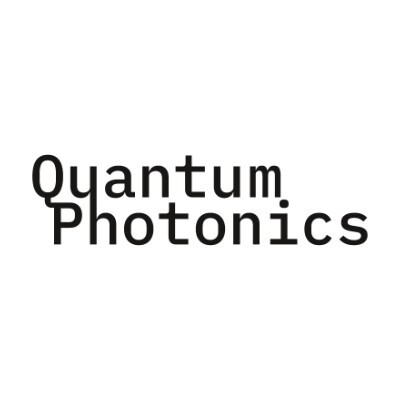Quantum Imaging with CMOS SPAD Arrays: Breaking the Limits of Light
Quantum sensing uses quantum mechanics for imaging beyond the limits. SPAD arrays in CMOS technology enable highly sensitive photon detection and precise time stamping. Applications range from super-resolution to ghost imaging, with promising advances in optical metrology.
Quantum imaging is an emerging field that leverages the principles of quantum mechanics to achieve imaging capabilities beyond classical limits. By exploiting entangled photon, quantum imaging techniques enable enhanced resolution, improved sensitivity, and novel imaging modalities such as super-resolution, ghost imaging, sub-shot-noise imaging. These approaches hold significant promise for applications in biomedical imaging, remote sensing, and optical metrology.
In this context, Single-Photon Avalanche Diode (SPAD) arrays in CMOS technology play a crucial role in the advancement of quantum imaging technologies. These arrays integrate multiple highly sensitive photodetectors capable of detecting individual photons. Thanks to custom in-pixel electronics, they can perform various operations such as photon time-stamping (with a precision in the order of hundreds of picoseconds), photon counting, time-gating and others. Combined with their capabilities for high-speed image acquisition, photon-number resolving, and spatially resolved measurements, SPAD arrays are ideal for quantum imaging experiments.
SPAD arrays designed at Fondazione Bruno Kessler will be presented for quantum imaging applications, such as super-resolution and quantum ghost imaging. The design choices, key properties, and characteristics of each array will be highlighted, along with experimental characterization, demonstrating the versatility and potential of SPAD technology in pushing the boundaries of quantum imaging.
Presentation language: EN
Speakers (1)


